Eat Like a Local at Obentō no Hirai, Kumamoto’s Convenience Food Chain
Discover Kumamoto’s hometown chain Obentō no Hirai—bento, side dishes, local favourites like sarada chikuwa, plus nearby sights in Tateno and Aso.
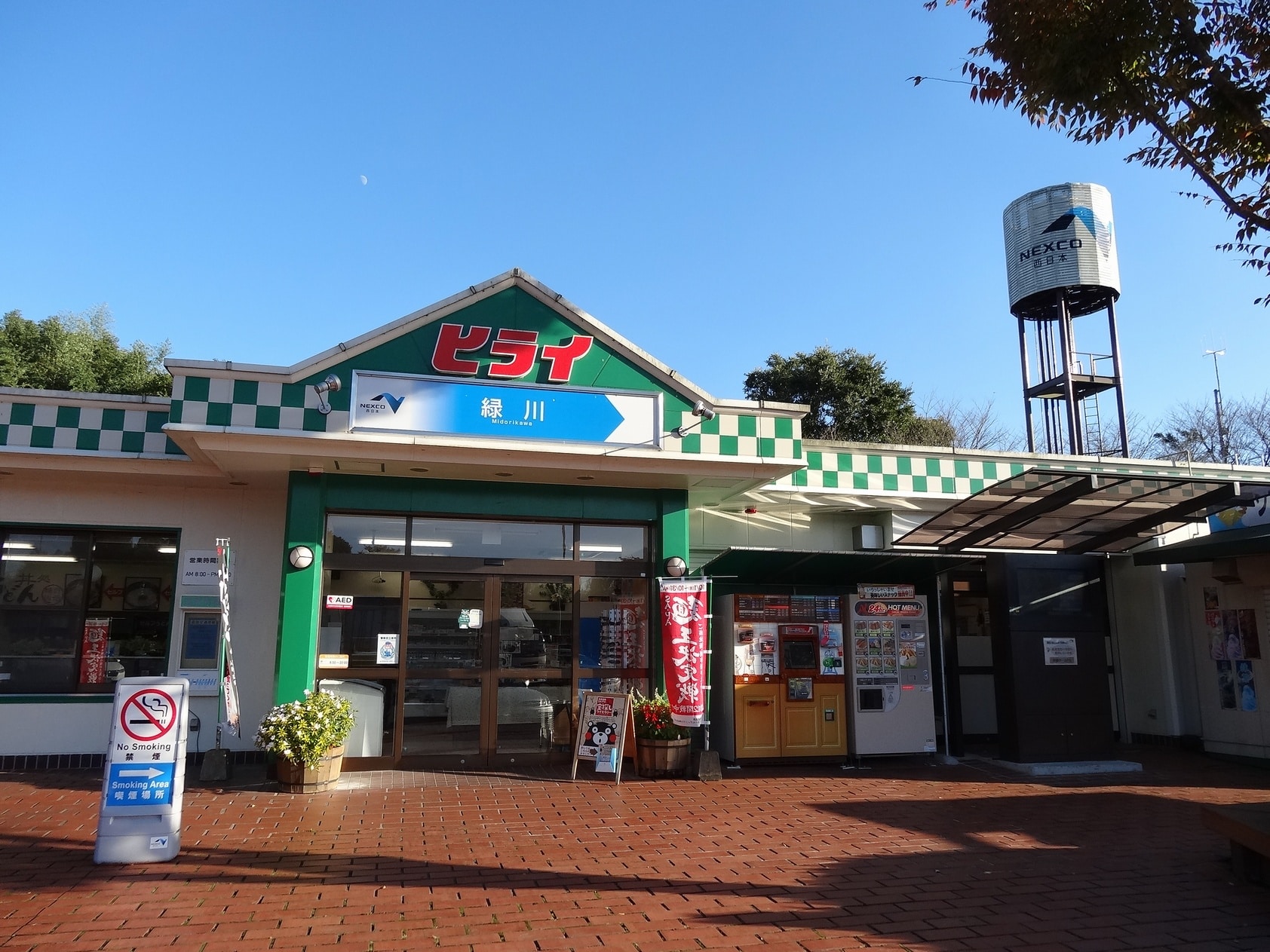
When visiting a new place, chain restaurants are easy to dismiss in favour of smaller shops and restaurants, but sometimes “local chains” can tell you a lot about a place. Obentō no Hirai is just such a homegrown business that has proved so popular, it now has over 100 locations across Kumamoto Prefecture. Despite its ubiquity in Kumamoto, it is virtually unknown outside the prefecture.
Understood in this framework, Obentō no Hirai, which offers consistent and inexpensive fare with a local flavour, occupies the same cultural space as places like Tim Hortons in Canada, Greggs in the UK, or Waffle House in the Southern US.
Kumamoto is a car-oriented region, and Hirai’s locations are usually adjacent to major arterial roads with wide car parks. To show an example of a typical Hirai, I’ve come to their Tateno location, right on the cusp of the Mount Aso area.
Shelves at the typical Hirai are laden with inexpensive prepared side dishes (osōzai) for families to take home and assemble into simple meals. And as you would expect from the name, you can find plenty of boxed lunches (bento) as well.
Alongside the usual prepared side-dishes such as karaage, nimono, hijiki salad, and tamagoyaki, there is also a uniquely Kumamoto preparation that was popularised by the Hirai restaurant chain itself—sarada chikuwa. The centre of a tubular fish cake (chikuwa) is stuffed with Japanese potato salad, then battered and deep-fried. To my knowledge no Glaswegians were involved in its invention.
Chikuwa on its own is an extremely common type of fish cake sold in supermarkets all over Japan (and relatively easy to find in Asian supermarkets abroad as well). Its versatile uses include being stewed into oden, sliced up and stir-fried with vegetables, or simply stuffed with a cucumber, carrot stick, or even cheese to fill in a bento lunchbox. For fish-cake obsessives, some of the highest grade chikuwa can be found in the Hinagu Onsen area just south of Yatsushiro, Kumamoto, where it can be enjoyed fresh.
Virtually all Hirai locations also have a sit-down section where you can order simple but filling inexpensive dishes like udon, curry rice, Kumamoto ramen, or various donburi.
On more than one occasion a Kumamoto local has told me that their morning-after meal of choice (after a late night out) is a bowl of udon topped with fried burdock (gobo-ten) from Hirai. Gobo-ten is a very popular udon topping here in Kyūshū (neighbouring Fukuoka Prefecture claims to be its originator). After getting my ticket from the machine, I hand it over to the staff, and this Kyūshū comfort food is ready in just a few moments.
The dashi soup base found in Western Japan is very light and golden-coloured, lacking the darker soy sauce colour characteristic of udon served in Eastern Japan (Tokyo/Kantō area). The difference can even be observed in instant udon noodles. As far as udon is concerned, Kyūshū is firmly in the Western Japan camp.
Tateno is a gateway to the wider Aso area, with any trip on to Minamiaso requiring visitors from Kumamoto City to pass through it. It was also one of the areas most severely affected by the 2016 Kumamoto Earthquakes, with massive landslides bringing down the Aso Ōhashi Bridge. A newly constructed bridge spanning the Tateno Gap finally opened in March 2021.
Before going home from eating at Hirai, I decided to check out a few more nearby spots.
Shin-Aso Ōhashi Bridge Observatory “Yo Myuru”
Five minutes from Hirai, a short drive across the rebuilt bridge brings you to an observatory called Yo Myuru (the name means something like “you can see really clearly!” in Kumamoto dialect).
You can certainly see clearly here, with an unobstructed view of the new bridge and beyond into the Kumamoto Plain.
Inside the observatory building there is a small outlet selling ice cream made from Kumamoto milk and locally produced Japanese black tea (wa kōcha).
Tokai University Aso Campus, Building 1
Also nearby is the old Tokai University Aso Campus building, which was damaged beyond repair in the 2016 Earthquakes. In 2021, the prefectural government reopened the campus to visitors as part of an outdoor multi-location museum, with the purpose of preserving the memory of the earthquake by intentionally leaving behind physical reminders across the prefecture. Other locations that form part of the museum include elementary schools, shrines, warped guardrails, and parts of the collapsed Aso bridge.
In 2023, the project was rebranded and expanded under the name KIOKU: Kumamoto Earthquake Memorial Museum, which continues to manage and interpret these earthquake remains.
Related Links & Further Reading
- Obentō no Hirai (official site, Tateno branch): Hirai Tateno Location
- About Hirai (English feature): Kumamoto Guru – Obentō no Hirai
- Yo Myuru Observatory: Minamiaso Info
- Onsen in Minamiaso (including Gogaku Gotō): Minamiaso Onsen Ryokan Association
- KIOKU Earthquake Museum (official): Kumamoto Earthquake Memorial Museum
- Tokai University overview (Japanese): Tokai University News


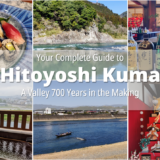
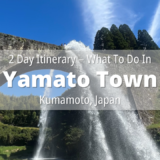

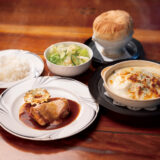
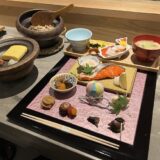

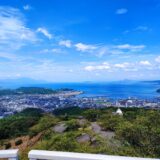
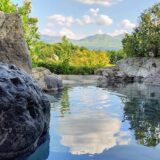
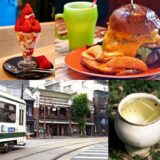
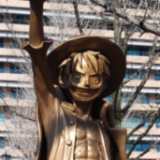
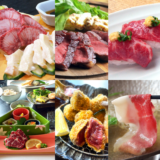

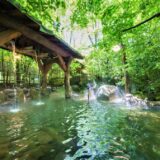
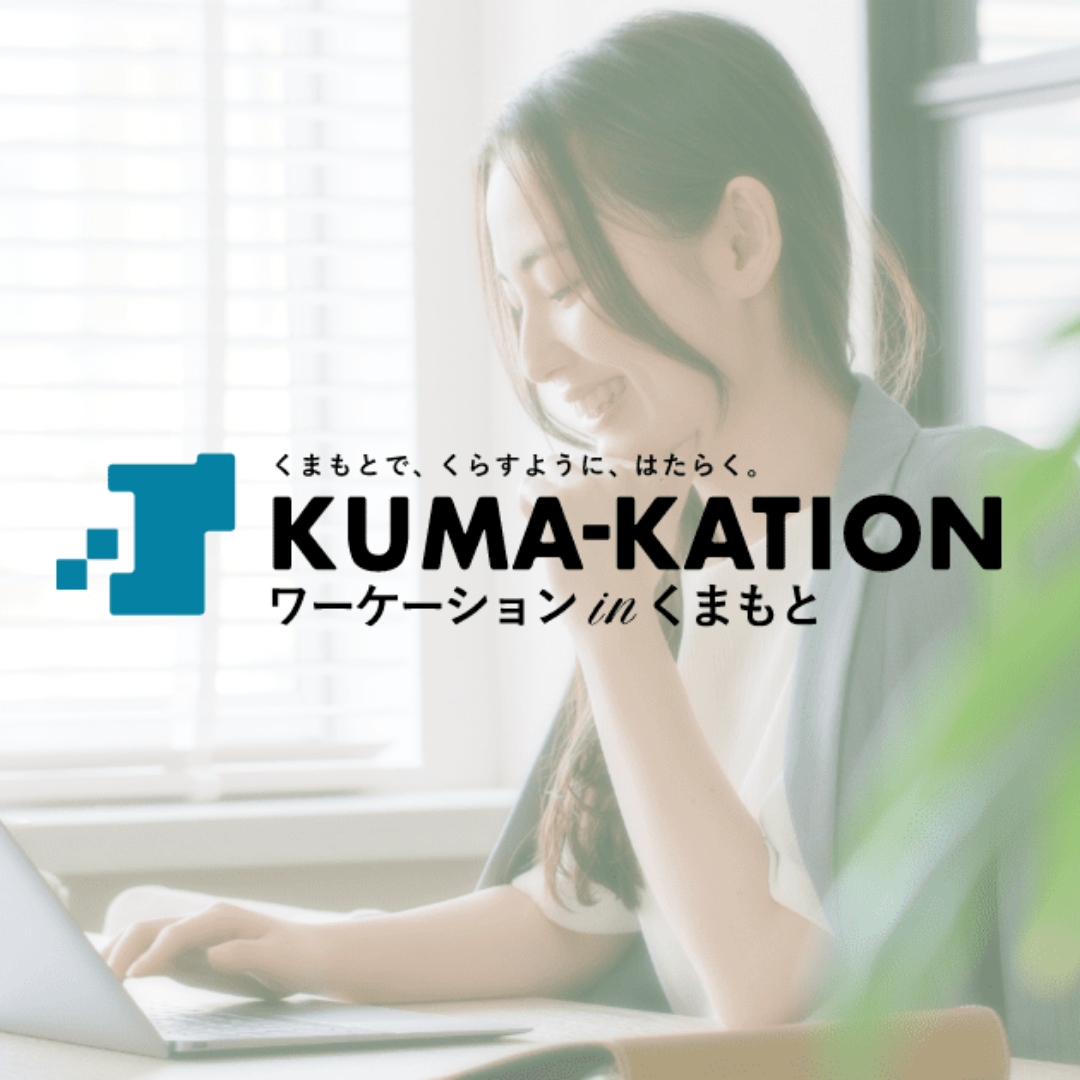
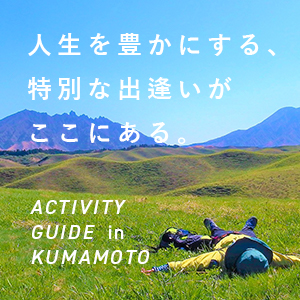


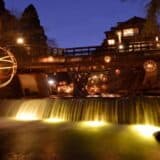
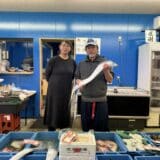
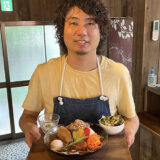

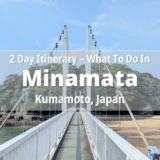
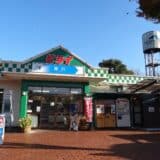
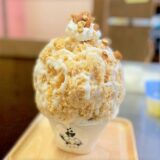

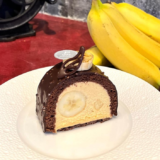



If you would like to comment, please do so below.